Chess Enlightenment with Vishnu Prasanna
The COVid Pandemic has come as a blessing in disguise to the chess community! At the comfort of our homes we are suddenly bestowed with enlightening content from the best players and trainers across the globe. GM Vishnu Prasanna is one of those people whose inspired decision making is helping us all! Ganguly's trainer and Gukesh's coach has started his own YouTube channel, producing content that hasn't been covered deeply before! From How Chess Behaves to My Chess Mind to Discussions on Calculation, Vishnu is ensuring that improving chess players are getting their dose of elixir! Tanmay Srinath takes you through his experience navigating the brilliant ideas of India's 33rd GM.
GM Vishnu Prasanna needs no introduction! A man of many talents, he has made a name both as a player, becoming India's 33rd GM and winning numerous tournaments, and as a trainer, coaching the likes of Gukesh and Leon Mendonca. Having worked with Baskaran Adhiban during his 2800+ showing at the Tata Steel Masters 2017, Vishnu is currently working with Surya Shekhar Ganguly as a trainer, while helping young talents improve their game and reach their potentials.
What inspires me about people like Vishnu is that they think not only about themselves but also about the chess community at large. His decision to start a YouTube Channel to share his knowledge was definitely not inspired by selfish reasons. As Vishnu himself says, and I quote : " I wanted to show features of chess that are not as popular as some of the rest, but merit careful attention." Now that's deep!
When I see good chess content my eyes light up, and after going through Vishnu's Channel I risked my eyes being on 24/7!! Jokes apart, I loved his videos - I found his presentation to be detailed and simple, allowing even the slowest of students to grasp what he is trying to convey, and the chess content he showcased was definitely an eye opener! This is why I decided to write this article - to showcase the areas of chess that opened up for me.
First of all, I should say that I am nowhere close to digesting all the content that Vishnu has put up - the strains of normal life don't allow for such lavishness. Instead, I picked and chose my videos based on some of the titles I saw, and I will be speaking only about them here. For the rest, the readers are free to explore them, and I guarantee you won't be disappointed!
My first video was about the famous game between two legends of the sport - Sultan Khan and Jose Raul Capablanca. Vishnu's explanation of the game was fantastic, and his focus on the key moments and the decision making of the chess giants makes it a must watch. I will present a few interesting moments from the game, and will let the reader go through the video for detailed explanations:
Sultan Khan-Capablanca
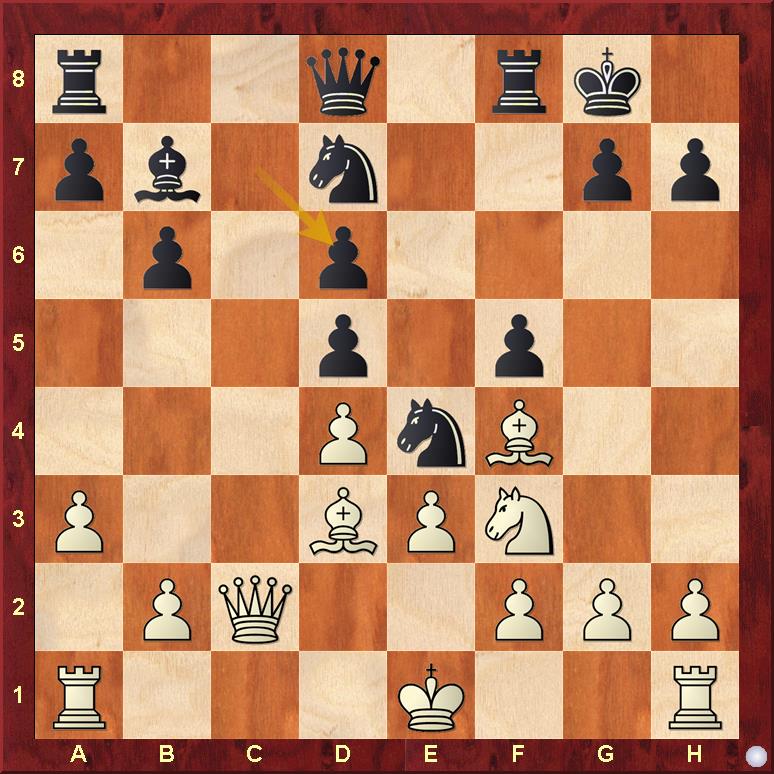
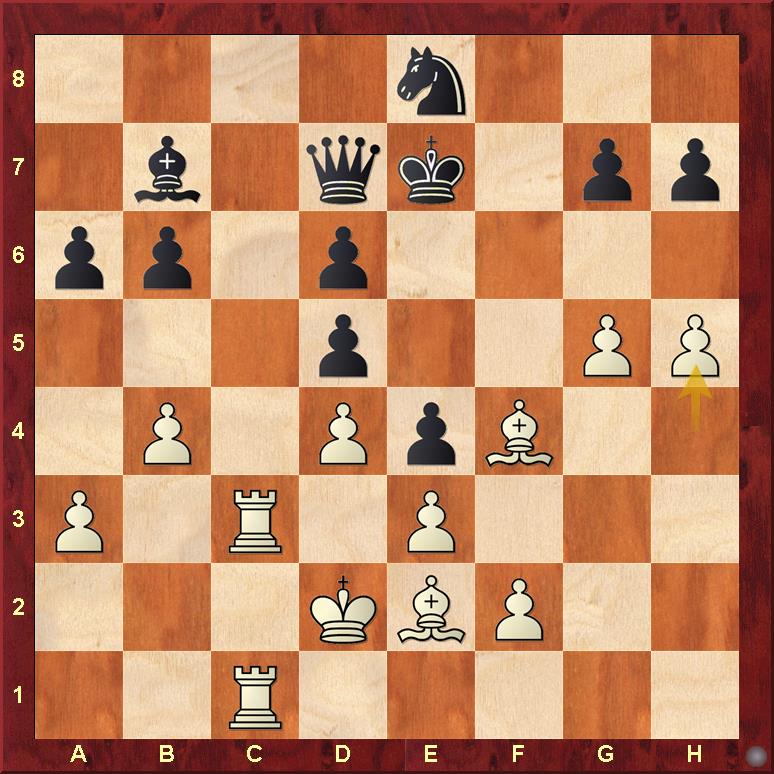
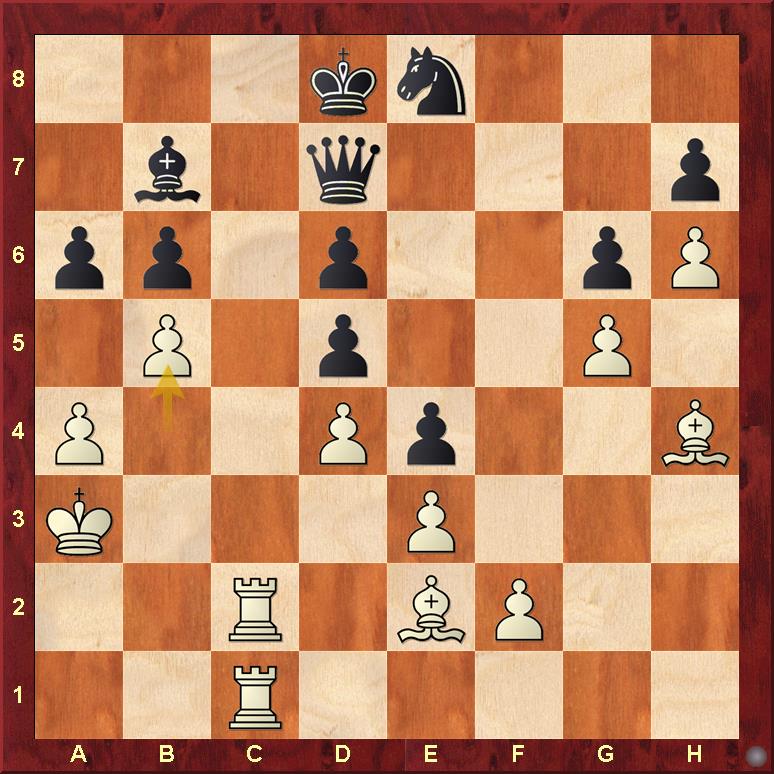
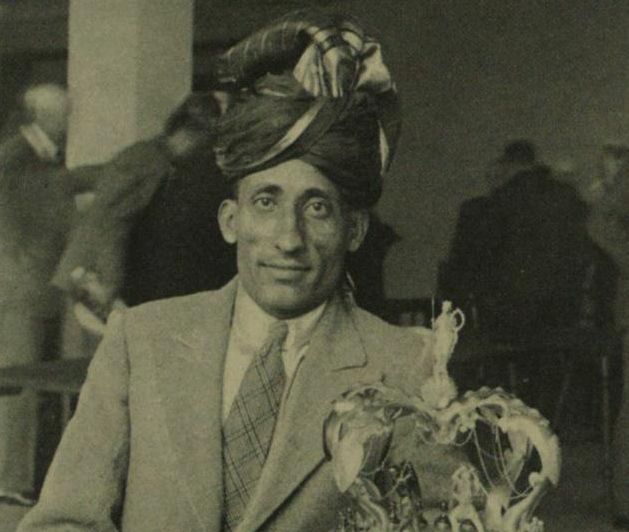
Has Capa ever been defeated in such a clinical fashion by others? I personally don't remember a game where the 3rd World Champion was outplayed positionally! Here is Vishnu's explanations about the game:
However, what I found most fascinating about chess, which I had never understood in 100% clarity previously, is that Chess is by nature a draw with PERFECT PLAY. The nature of chess and how chess behaves is that one player can only win or lose due to a mistake.
Not convinced by this statement? Take a look at the following position:
Shimanov-Khairullin
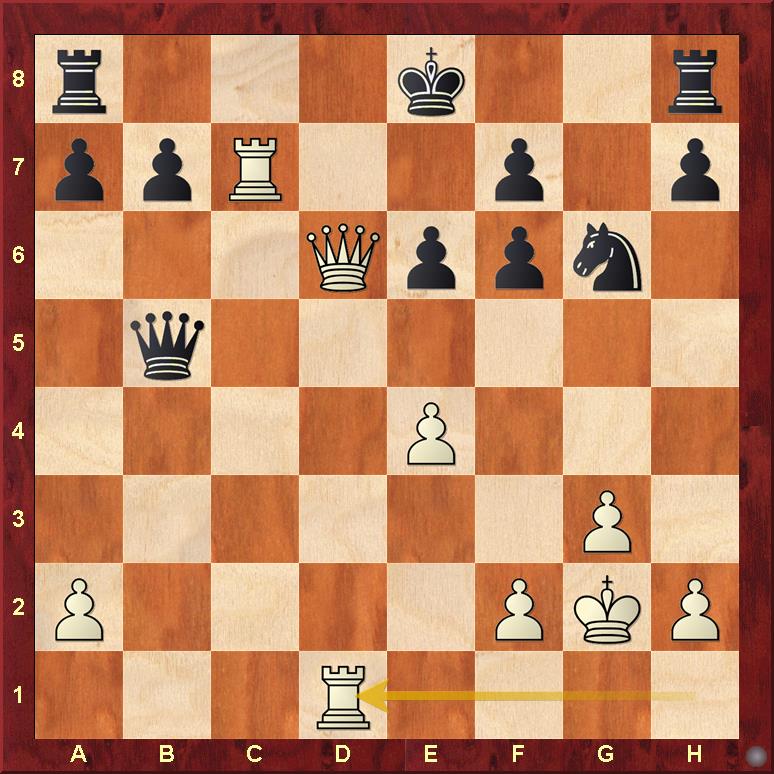
Doesn't White's attack seem dangerous? It feels as if there should be a mate somewhere, but surprisingly, there isn't! That is because Black in the preceding play did not commit a mistake i.e. he played moves that weren't inherently bad. It was no surprise that the game ended in...perpetual check!
This dimension of chess was opened up to me only after going through the following video, which perfectly sums up the logical and mathematical nature of the game:
Neat right? I think Vishnu's description of chess is spot on! Any person playing for an opening advantage as White is either misinformed or ill-advised - there is nothing called an opening advantage in the game of chess against good play from Black. What we should aim to do instead is play for an imbalance - something we can handle better than our opponents. The same applies with the Black pieces - we should not be afraid of giving White a small objective plus if we know our position well and he doesn't. Human play is after all never perfect (and most of the time so are the engine games!). Understanding this practical side of chess will make all of us stronger players for sure.
Another very important topic, that hasn't been covered much by the chess trainers, is the art of creating problems for your opponent. Take a look at the following positions for example:
Topalov-Anand
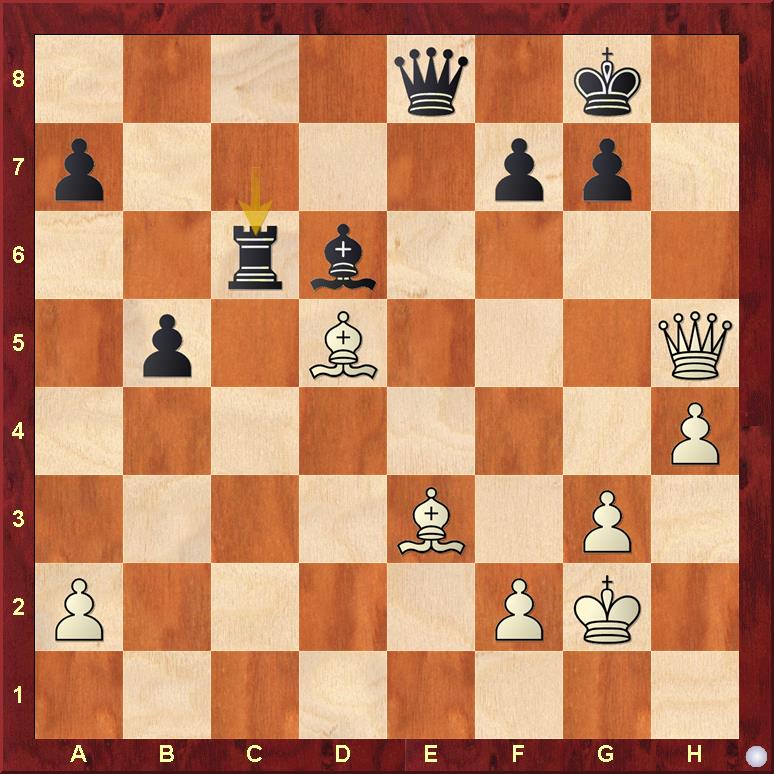
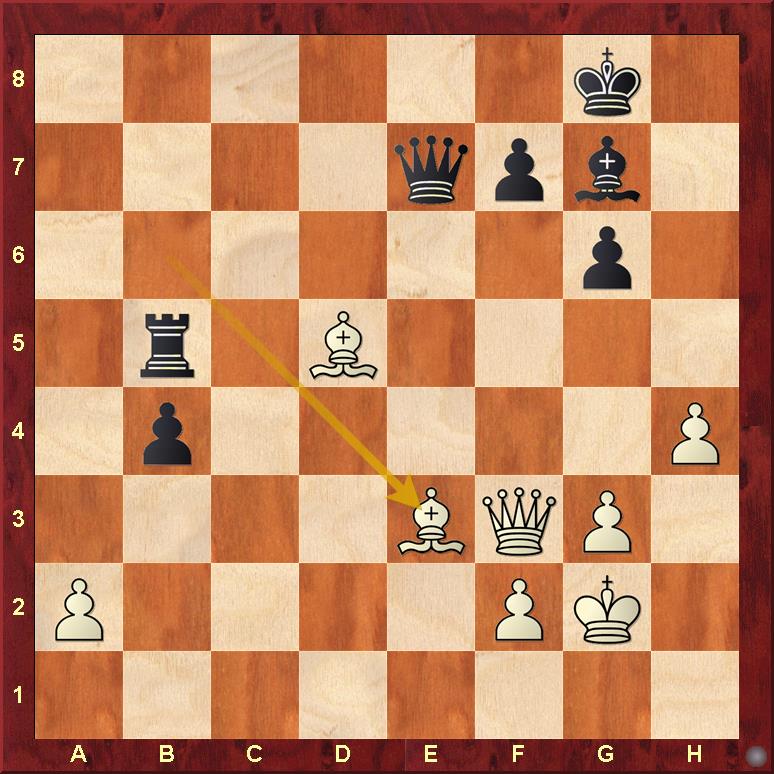
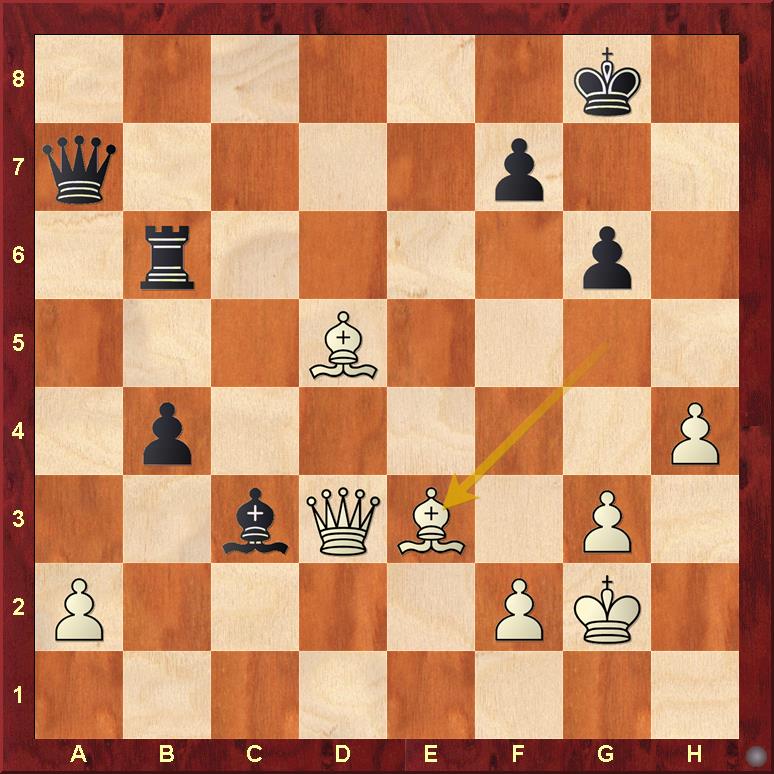
What I found really fascinating about this game is that Topalov showed us how to play in a two results position. Both the beasts Stockfish and Leela always think that Black is fine, but in a practical game it is clear that while White can never really lose Black is the one who has to prove he is fine.
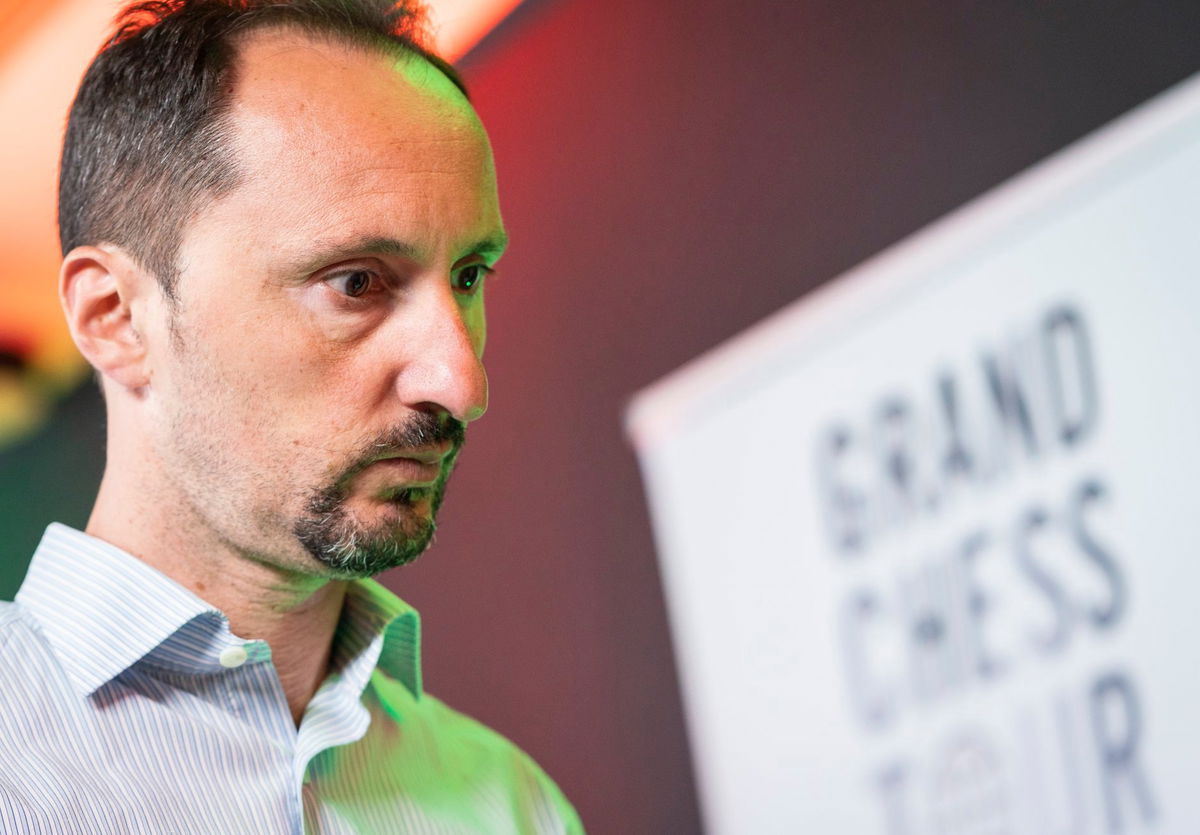
This aspect of the game is under-taught, and that is why I think the following video is of great importance in the growth of a chess player:
Lastly, I would like to take the readers through a breath-taking game between...two engines! It is not surprising that after the Alpha Zero phenomenon machines have suddenly evolved in terms of style and substance, and the following game aptly sums ups today's chess style - Forward!
Sugar-Andscacs
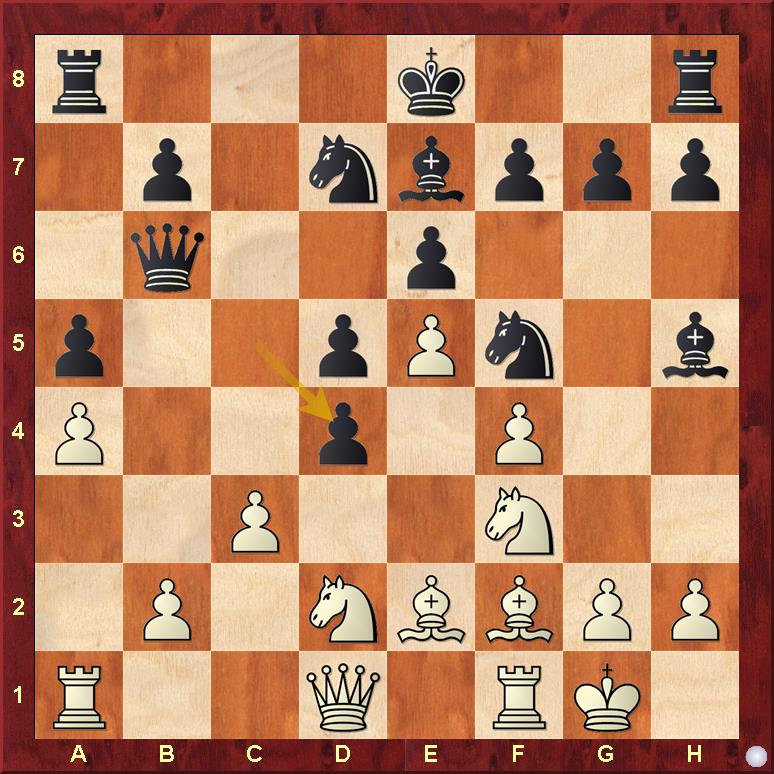
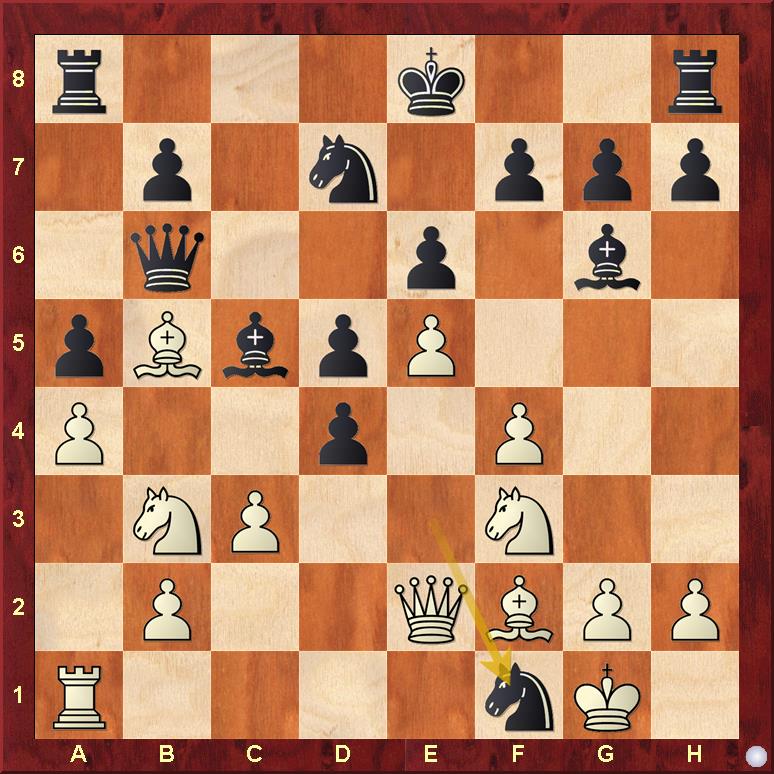
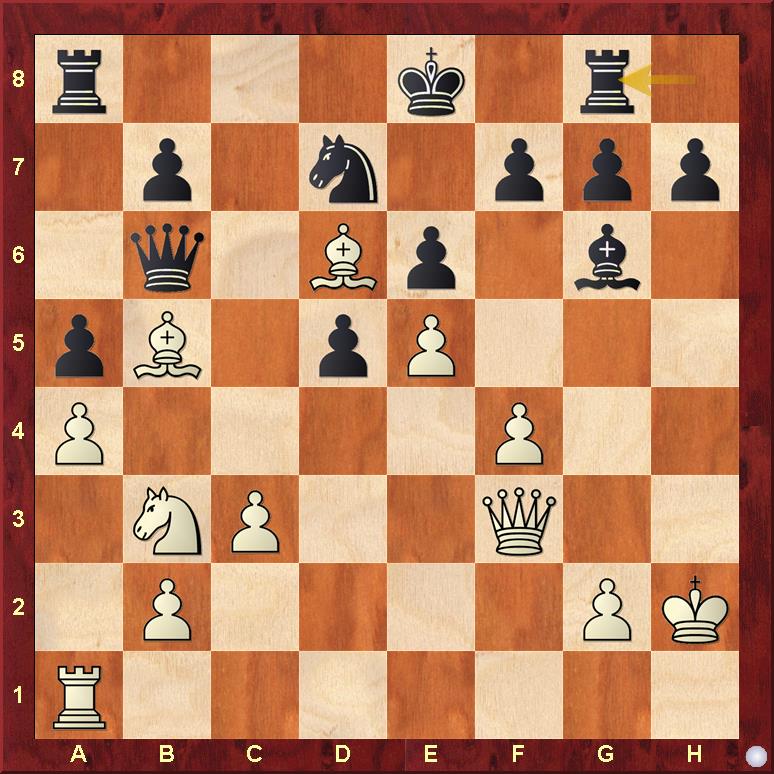
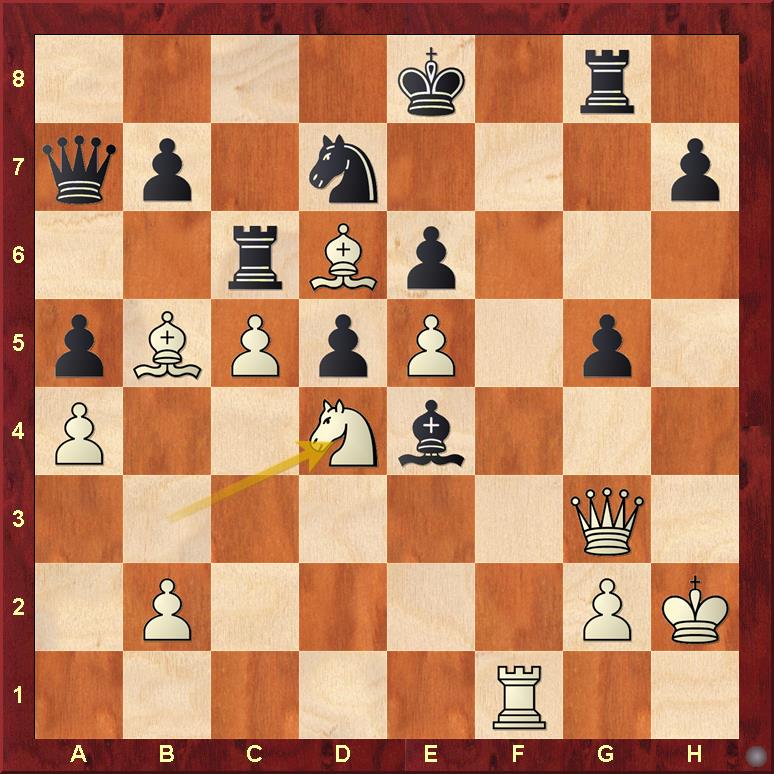
Engines are an important tool for chess development. Their games teach us how and when to break rules, and playing against them improves our accuracy and objectivity. No surprises then if I call the following video my favourite one:
To sum up my findings, I would like to state that in recent times most of the knowledge I have gained has come from sources like this! Books are great fun as well, but sometimes a GM's explanation in a video might just create a more vivid impression on the aspiring chess great. I would like to take this opportunity to thank GM Vishnu Prasanna for contributing to the development of chess in a selfless way, and I wish him all the success for his upcoming plans!
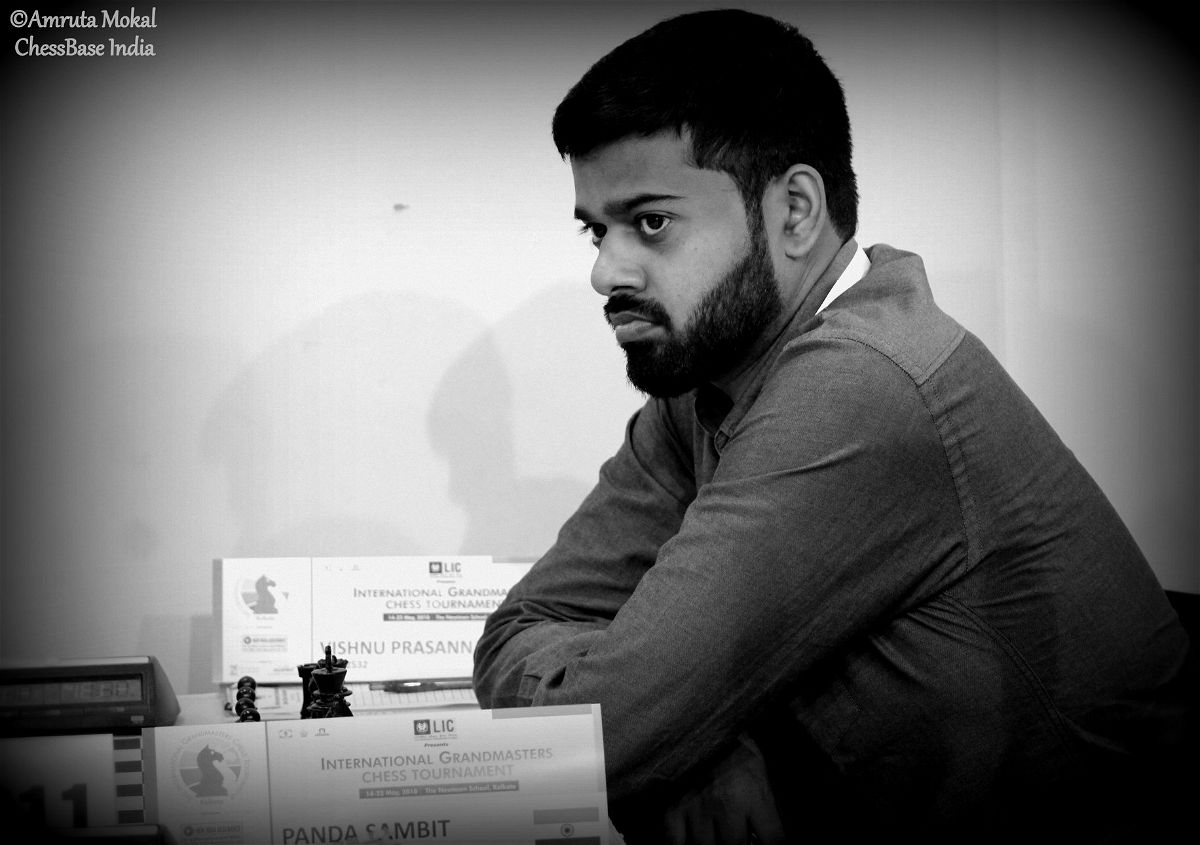
You can subscribe to Vishnu's Channel here.










